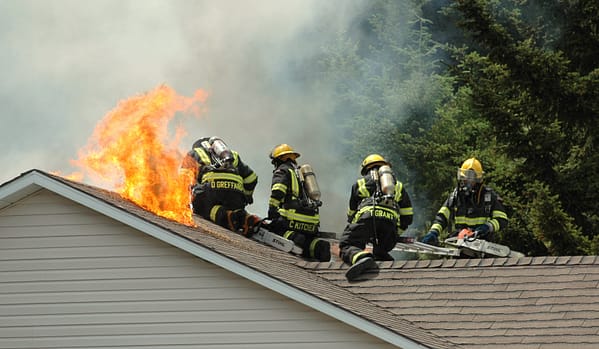Building a more resilient Texas
This is a preview of our Texas 2036 newsletter on how our research supports lawmakers’ efforts to build a more resilient Texas. To receive this weekly look at our work, sign up here.
Extreme weather is the new normal. How can Texas keep up?
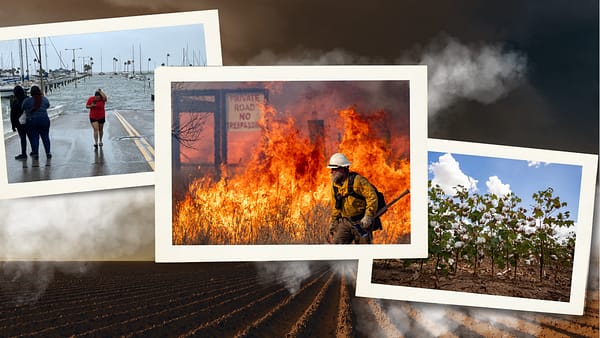
Photo credit (left to right): Meagan Falcon/Caller-Times; Sam Craft/ Texas A&M AgriLife Marketing and Communications
Texans know the stakes: longer droughts, more intense wildfires and more extreme weather events aren’t rare anymore — they’re becoming the norm.
That’s why Texas must plan and build for resilience. We break down the data and the legislative efforts underway to future-proof the state against growing climate and infrastructure threats.
Extreme Heat, Wildfires, Storms: What data says
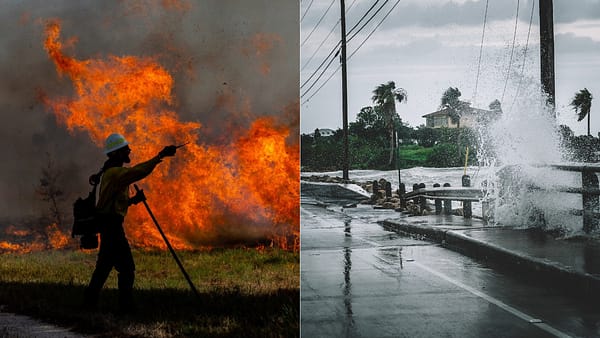
Photo credit on left: Courtney Sacco/ Texas A&M AgriLife Marketing and Communications
In 2024, Texas experienced its warmest year on record and, in the Panhandle, the Smokehouse Creek fire burned more than 1 million acres, becoming the state’s largest wildfire on record.
It was also the fourth-costliest year since 1980 in terms of billion-dollar disasters, trailing only 2017 (Hurricane Harvey), 2008 (Hurricane Ike) and 2021 (Winter Storm Uri).
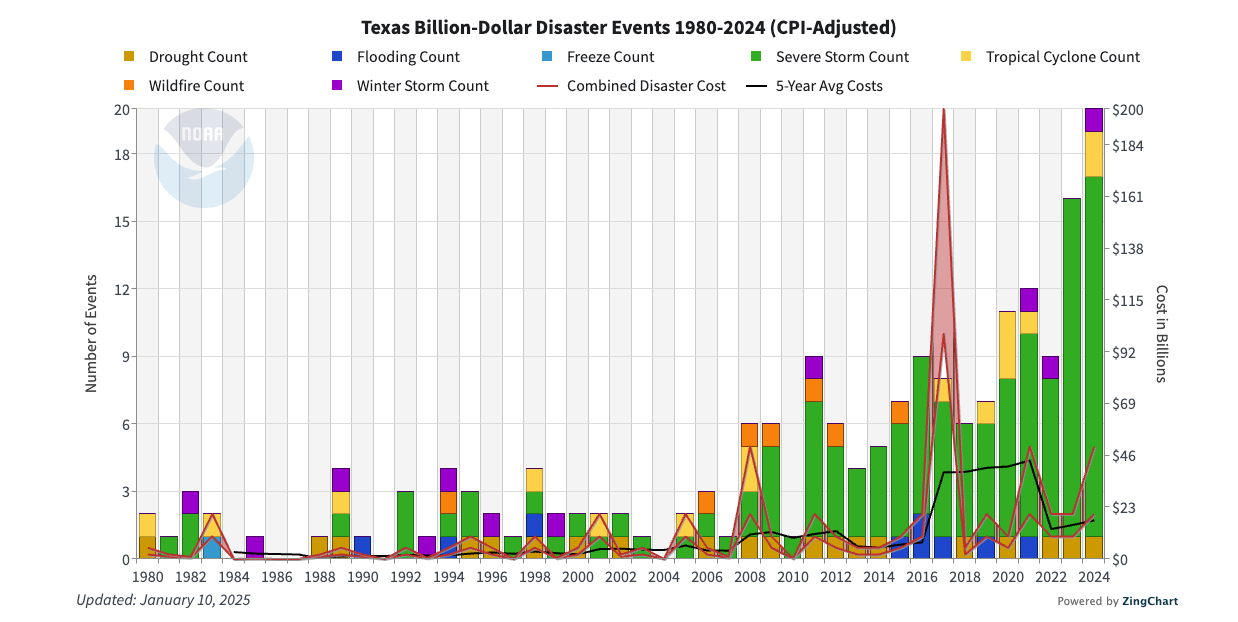
190 disasters: The total number of billion-dollar disasters that have affected Texas from 1980 to 2024. Combined, these disasters have cost Texas between $300 billion and $440 billion, according to NOAA data.
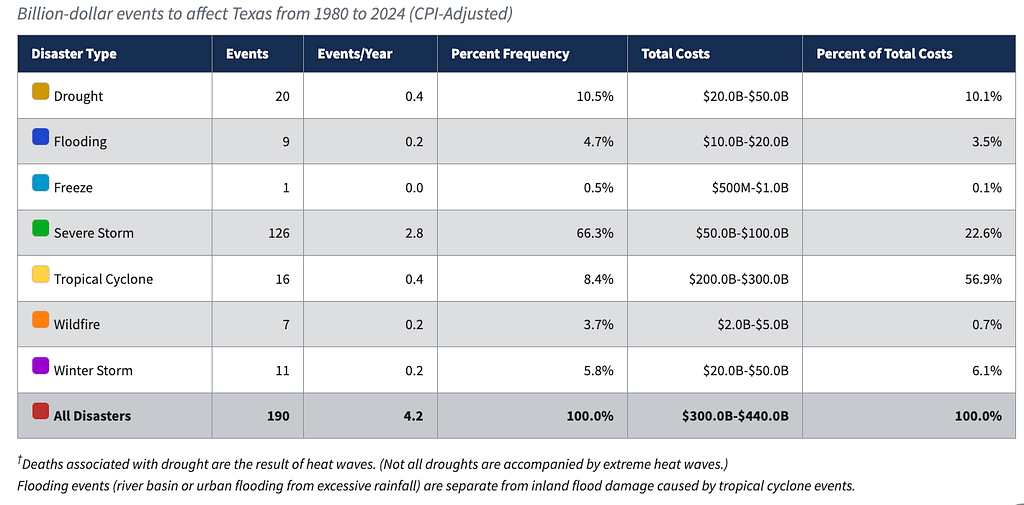
Charts Source: NOAA, updated Jan. 10, 2025
TXLege Spotlight: Prepping for extreme weather
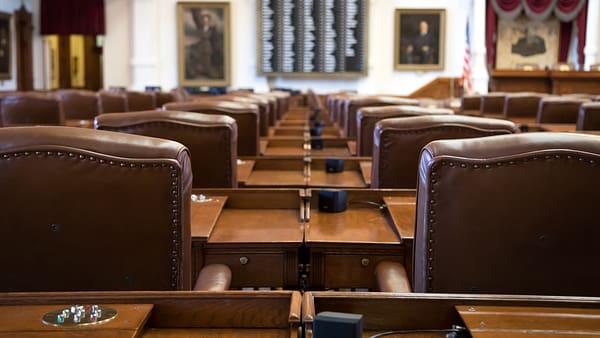
Lawmakers are considering legislation to help communities mitigate risk from extreme weather events and respond faster when disaster strikes.
🔥 Wildfire preparation, prevention and mitigation
Data from the Office of the State Climatologist at Texas A&M University indicate the state’s wildfire season will become longer as greater portions of the state become susceptible to wildfire risks.
The historic Panhandle wildfires of 2024, combined with the findings from the House Investigative Committee report on those fires, point to the need for expanded state and local wildfire response capacity.
Senate Bill 34 by state Sen. Kevin Sparks, R-Midland, would:
- Create a statewide firefighting equipment database, accessible to all fire departments and updated annually
- Raise the Rural Volunteer Fire Department Assistance Fund cap from $30 million to $40 million, with 10% earmarked for high-risk wildfire areas
- Develop a strategic plan to improve emergency communication across local, state and federal agencies
- Require the Railroad Commission to alert the Public Utility Commission of oil and gas sites that present wildfire hazards
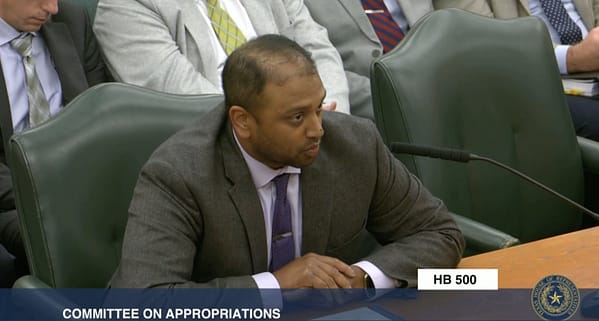
Director of Government Performance and Fiscal Policy Rahul Sreenivasan testified in support of HB 500 on March 21.
The session’s supplemental budget bill — House Bill 500 by state Rep. Greg Bonnen, R-Friendswood — also contains several provisions related to improving state and local response to wildfire.
- $111 million to the Texas A&M Forest Service for wildfire suppression
- $100 million for rural volunteer fire departments
- $394 million for expanding the state’s aircraft fleet for wildfire fighting purposes
HB 13 by state Rep. Ken King, R-Canadian/SB 2512 by state Sen. Charles Schwertner, R-Georgetown, would:
- Develop a statewide plan to ensure emergency communication systems and infrastructure are interoperable
HB 2063 by state Rep. Caroline Fairly, R-Amarillo/SB 767 by Sparks would:
- Create a firefighting equipment database to improve wildfire response
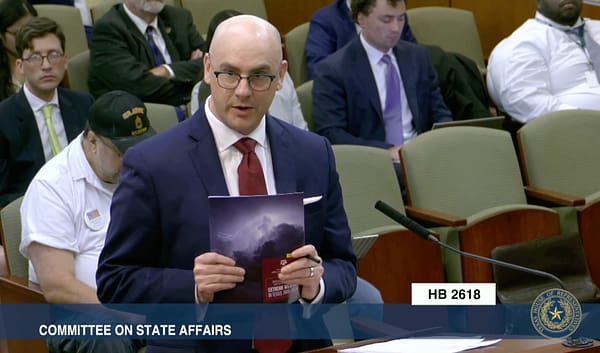
Director of Infrastructure and Natural Resources Policy Jeremy Mazur testified on March 27 in the House Committee on State Affairs in support of HB 2618.
🌩️ Advancing Texas’ resilience agenda
HB 2618 by state Rep. Rafael Anchía, D-Dallas/SB 2296 by state Sen. Borris Miles, D-Houston, would:
- Require 15 state agencies to develop severe weather adaptation plans
- Ensure that public services are maintained during and after extreme weather events
These bills reflect a growing recognition that resilience is no longer a future concern — it’s a present-day necessity.
“Growing up, the (Boy Scout) motto was ‘Be Prepared.’ As a Boy Scout and an Eagle Scout, what I like about this bill so much is it just tells our state agencies to be prepared for the extreme weather threats threats we’re going to endure.”
– Director of Infrastructure and Natural Resources Policy Jeremy Mazur
📺 Watch: Jeremy’s full testimony in support of HB 2618.
🏠 Wildfire risk and Texas homes: What to know
According to a new report from the State Comptroller’s office, an estimated 244,617 Texas homes were at significant risk of wildfires in 2024.
Texas ranked third nationally, behind California and Colorado, for the number of homes at moderate or greater risk of wildfires.
A look at Texas 2036 data in action
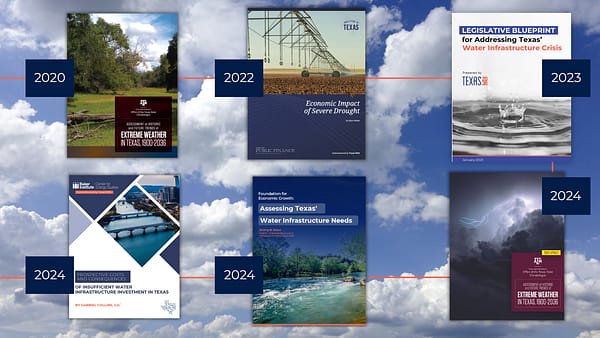
At the heart of this legislative momentum is data. Texas 2036 has been a leader in supplying lawmakers with the insights they need to act with urgency and impact.
Since 2020, we’ve produced key tools and reports that have shaped both current and past legislative sessions, including:
- Future Trends of Extreme Weather in Texas (2020, updated April 2024)
- Investing in Texas: Drought (June 2022)
- Legislative Blueprint for Addressing Texas’ Water Crisis (January 2023)
- Assessing Texas’ Water Infrastructure Needs (October 2024)
- Prospective Costs and Consequences of Insufficient Water Infrastructure Investment in Texas (November 2024)
A ‘Texas-sized’ water investment for our future
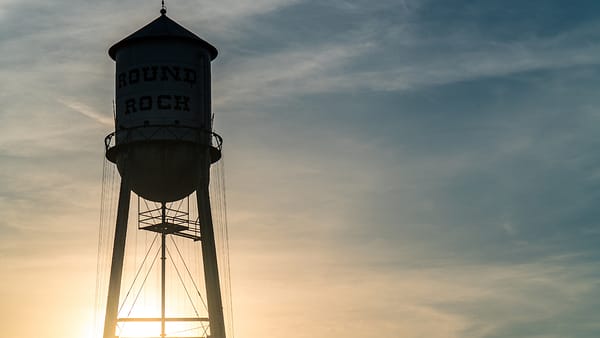
Water is a top priority for Gov. Abbott and Texas legislators this session. A secure, resilient water supply is foundational to every aspect of disaster response and recovery.
Texas lawmakers are doubling down on their commitment to the Texas Water Fund, approved by voters in 2023, with proposals to:
- Expand uses of the water fund (SB 7 by state Sen. Charles Perry, R-Lubbock/HB 16 by state Rep. Cody Harris, R-Palestine) to include wastewater projects and flood infrastructure
- Create a constitutionally dedicated revenue stream of as much as $1 billion a year to support new water supply projects and upgrade aging, deteriorating infrastructure (SJR 66 by Perry/HJR 7 by Harris)
LEGE UPDATE: SB 7 passed out of the Senate unanimously on Wednesday and now heads to the House for consideration there. Read more here.
In the News: Jeremy Mazur on TXWater
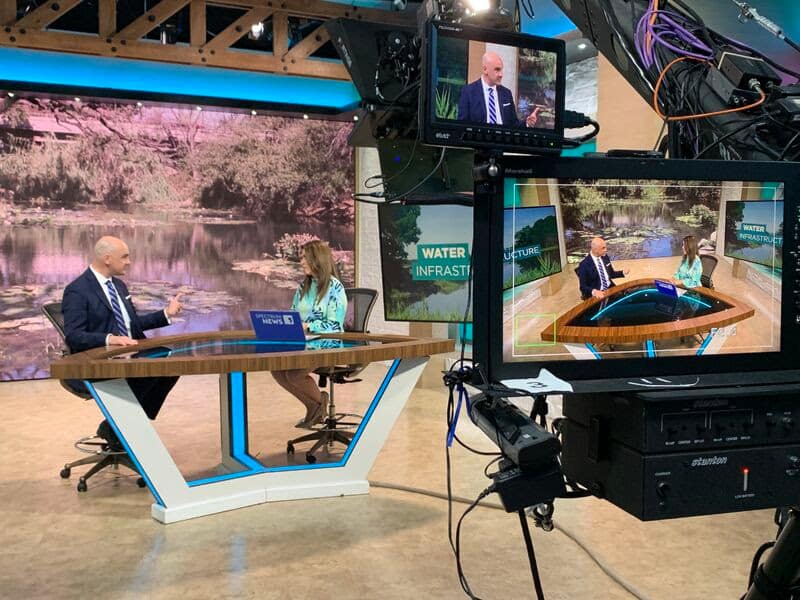
Jeremy interviews on-camera with Spectrum News’ Karla Leal on April 1 for a future episode of “In Focus Texas” on improving infrastructure statewide.
Director of Infrastructure and Natural Resources Policy Jeremy Mazur continues to be a go-to voice for media on the urgent need to invest in water infrastructure. His recent quotes underscore the stakes.
- Texas Tribune: “We need to be more aggressive… and consider dedicated funding for water infrastructure, much like we already do for state parks and roads.”
- Houston Chronicle: “We’re going to need to really look at the diversification of our water supply portfolio.”
- KUT: “If we don’t have reliable water infrastructure, then we likely cannot have the continuation of the Texas economic miracle.”
- KEYE: “We really need to get it right… to support continued economic and population growth.”
- The Bond Buyer: “This $2.5 billion proposal is already historic—never before has the legislature considered a water funding package of this size.”
- Dallas Morning News: “The Holy Grail is a constitutional dedication of $1 billion per year to the Texas Water Fund.”
Mazur’s message is clear: Infrastructure is destiny. Texas must invest today to thrive tomorrow.
🙌 Did you know? Texas 2036 research found that the state needs to invest $154 billion over the next 50 years in order to meet the state’s growing water needs — a data point that has been cited by reporters more than four dozen times this year!
We want to hear from you.
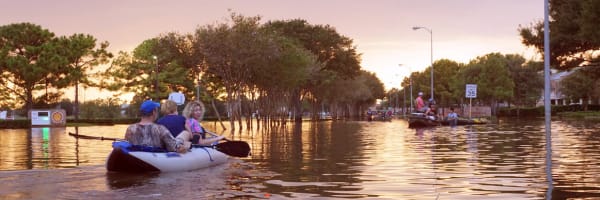
Is planning for extreme weather a priority for you this legislative session?
Let us know your thoughts.

